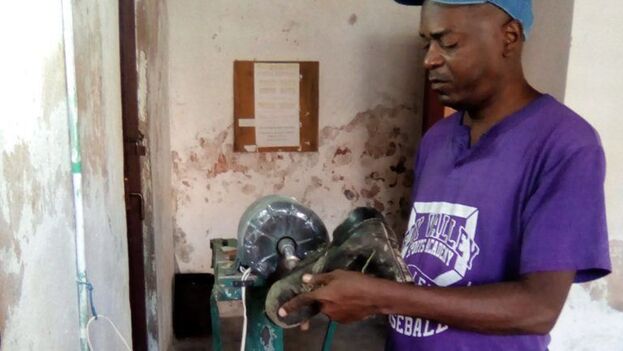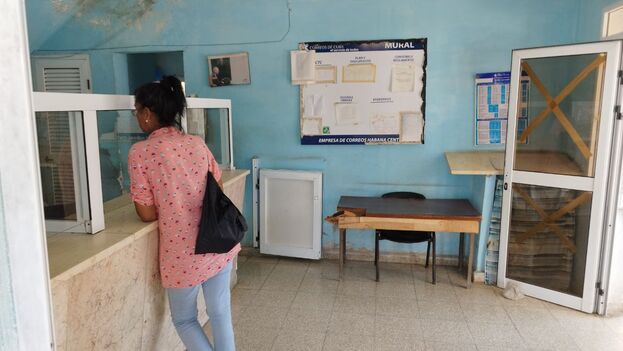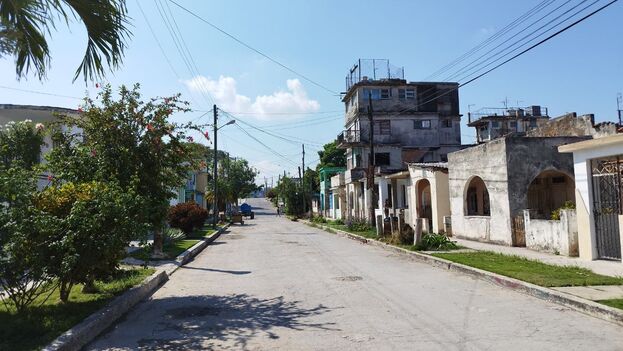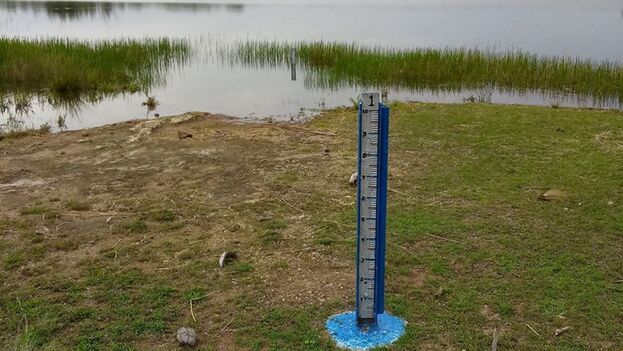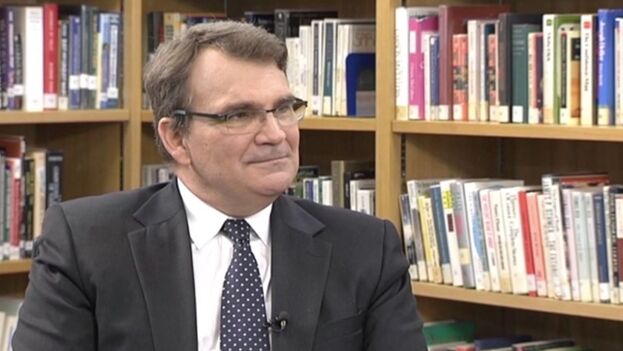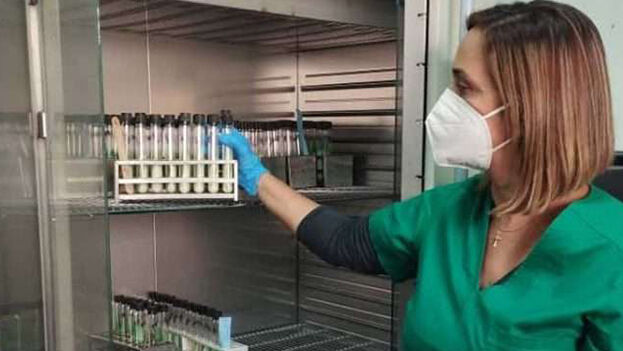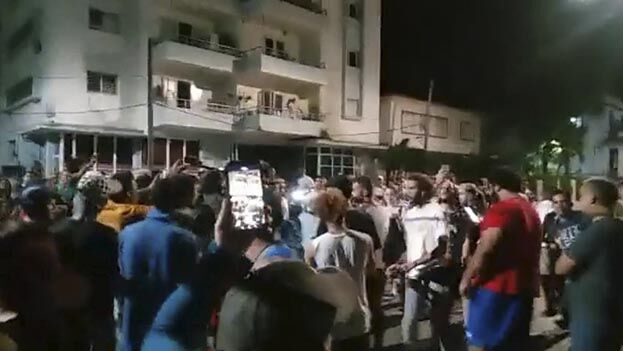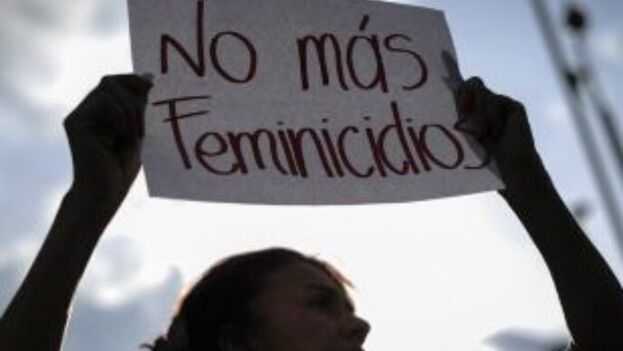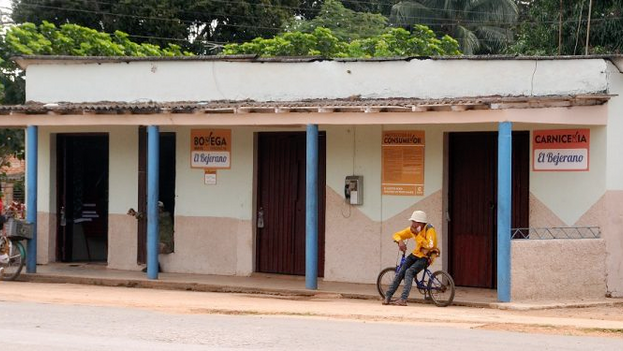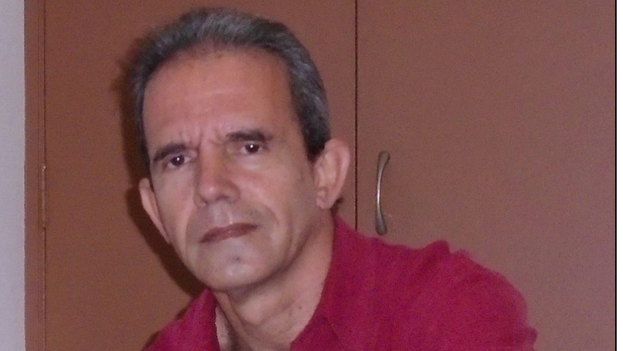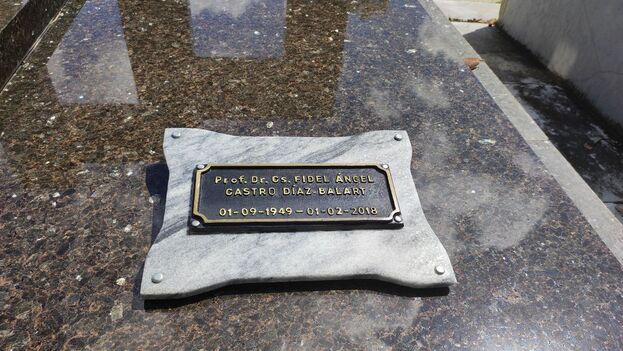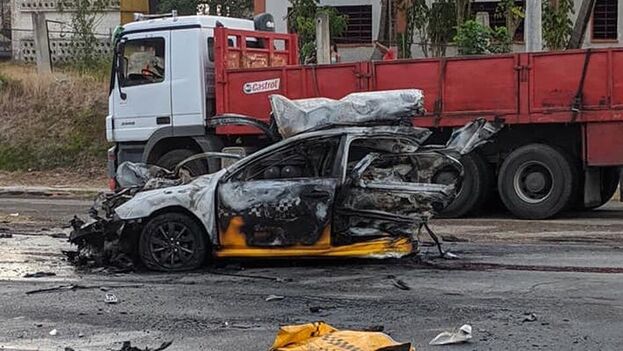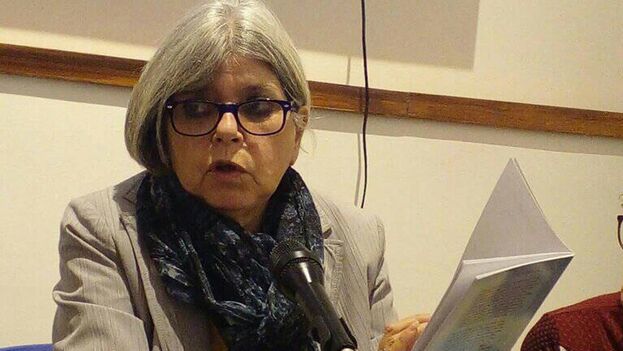
![]() 14ymedio, Havana, 31 January 2023 — Cuban writer and editor Teresa Melo, 61, died this Monday in Santiago de Cuba of a heart attack, as confirmed by 14ymedio with sources close to the poet.
14ymedio, Havana, 31 January 2023 — Cuban writer and editor Teresa Melo, 61, died this Monday in Santiago de Cuba of a heart attack, as confirmed by 14ymedio with sources close to the poet.
The announcement of her death in Cubadebate was accompanied by a brief biographical note where she is described as “one of the primordial lyrical voices of the eighties.” Melo was born on October 21, 1961 in Santiago de Cuba and studied Philosophy at the University of Havana.
Melo was among the first signatories of the declaration of unconditional support for the Cuban regime signed in December 2022 by national and foreign intellectuals allied with the Government of the Island.
She was the director of Ediciones Santiago, a member of the cultural associations of the regime and was part of the Union of Writers and Artists of Cuba (Uneac). In addition, she published the poetry books El vino del error, El libro de Estefanía and Las altas horas.
She received several official awards, including Criticism, the Nicolás Guillén of Poetry and the Distinction for National Culture, from the Ministry of Culture of Cuba. She directed the magazine Cúpulas, of the Instituto Superior de Arte, and collaborated with the publications La Jiribilla, El Caimán Barbudo and Sic. continue reading
As an official, she served as director of the Provincial Center for the Book and Literature in Santiago de Cuba and coordinated the Poets of the Caribbean Festival. In addition, she was invited to join several literary award juries.
The official press also stressed Melo’s loyalty to the regime and her “unwavering vocation to serve her Revolution.” During the last days of her life she worked at Editorial Oriente.
Cuban President Miguel Díaz-Canel dedicated a tweet to the death of Melo, whom he called “our friend” and “an impeccable woman.” The same was done by Alpidio Alonso, Minister of Culture, who said that “her honest word was always ready to defend the culture and the Revolution.”
Melo published articles of absolute fidelity to the Government in the official newspaper Granma and other newspapers of the regime. Two months before the outbreak of the protests on July 11, 2021, she wrote that Cuban opponents were leading an “individual and predatory search.” She criticized the proposals of intellectuals and artists opposed to the regime and stated, unequivocally, that she did not believe in “their demands” or in “vulgar protests.”
Melo’s wake will continue until noon on Tuesday at the Casa del Caribe, in Santiago de Cuba.
“Teresa was much more than just a friend in those difficult years of the early nineties, when the little room where she and Sigfredo [Ariel] lived in the America building was so often a refuge for so many,” Cuban writer Odette Alonso, based in Mexico, wrote on Facebook when she learned of Melo’s death. “At that time, my poetry engaged a lot with theirs, with that of other generations. Then we distanced ourselves, for the political reasons that everyone knows.”
Translated by Regina Anavy
____________
COLLABORATE WITH OUR WORK: The 14ymedio team is committed to practicing serious journalism that reflects Cuba’s reality in all its depth. Thank you for joining us on this long journey. We invite you to continue supporting us by becoming a member of 14ymedio now. Together we can continue transforming journalism in Cuba.

